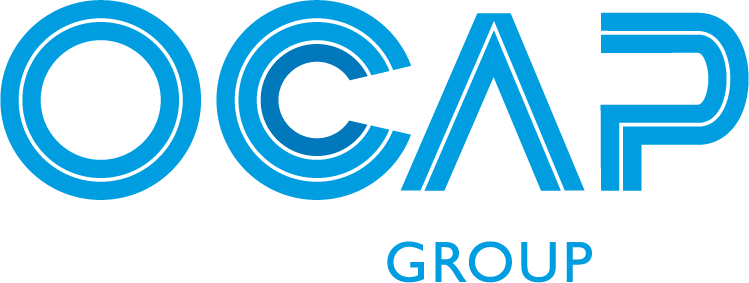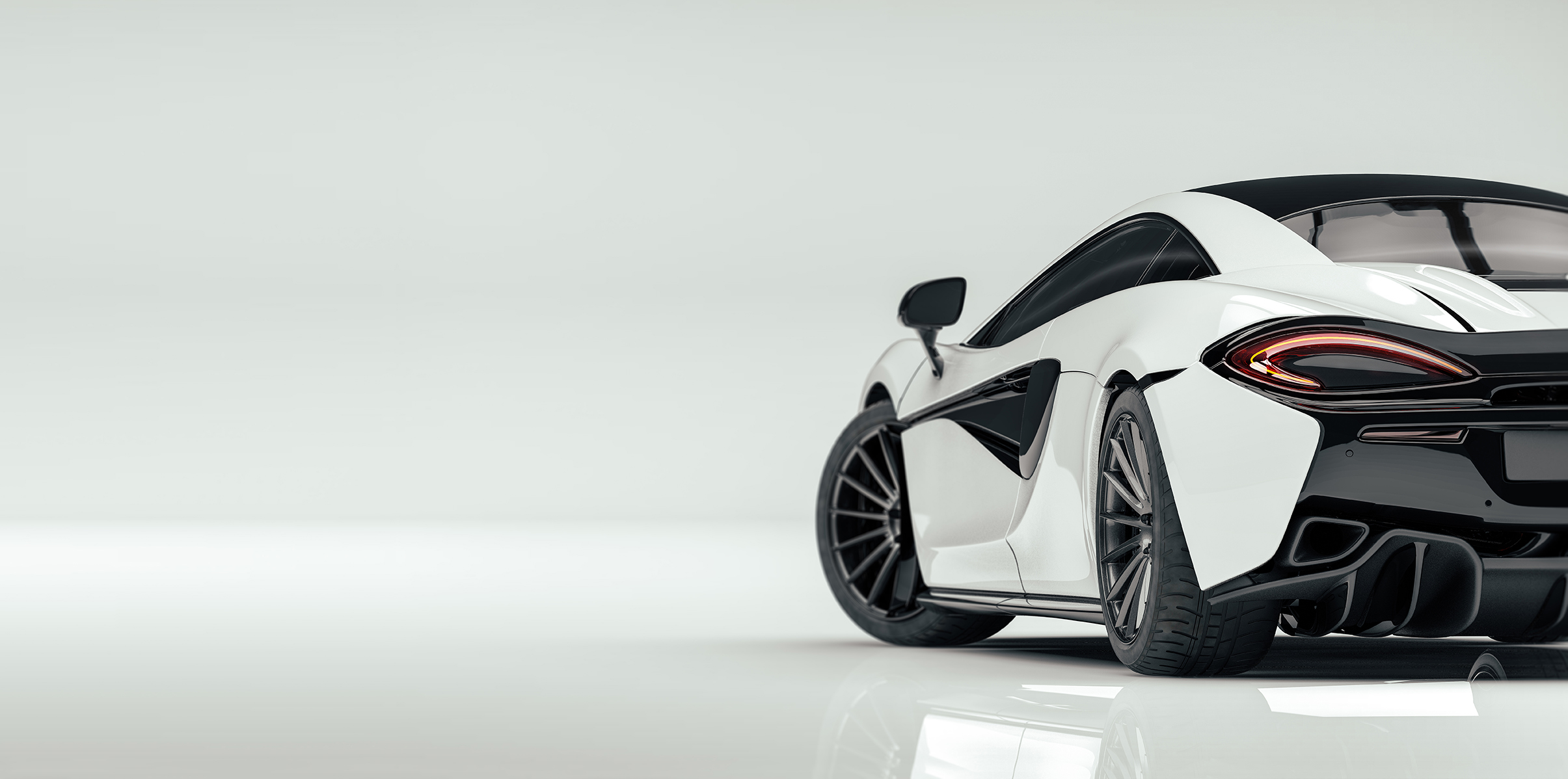Applications
OCAP designers, highly qualified and specialized, start to define the kinematic, structural, functional, qualitative and cost characteristics of the new components of the steering, suspension and antiroll systems studied for the OE market through a careful analysis of the customers’ needs.
After this first step, different solutions are designed through CAD 3D and kinematic and structural simulations are done using FEM/FEA tools.
Once identified the most suitable solution, the phase of the practical realization of the project starts and the prototypes are assembled.
At OCAP research center the project is validated by submitting the new product to strict bench tests. The validation process is sometimes integrated by additional field tests carried out by the customers.
A pre-series production, necessary to further validate the OCAP production and assembly process, begins after the customer has approved the product, and finally the standard production is launched.
Every step of the product development is planned, performed and monitored according to the APQP methodology through an interdisciplinary approach involving different OCAP entities and the final customers. The work flow is organized through Gantt diagrams, D-FMEA and P-FMEA analyses and the presentation of the final PPAP document.
In parallel to the renewal of the organizational structure, in the last ten years OCAP has deeply renewed his machineries as well.
The new machine tools replaced the most dated ones and allowed an increment of the production capacity. Among the most important investments there is the installation of units developed in co-design with some of the most important Italian and international manufacturers of machine tools, who are able to supply transfer machines, lathes or multi-process and multi-axis machine centers specifically designed to satisfy OCAP needs in terms of qualitative and productive performances while improving the plant logistics. Major attention has been paid to the introduction of buffer loaders served by anthropomorphic robots to avoid the employ of manpower in loading and unloading operations, limiting the human intervention to set-up and supervision tasks only.
The assembly division, traditionally characterized by a strong use of manual skills, is being automatized too.
The goal of maximum flexibility and reactivity to specific productive needs requires the presence of many semiautomatic work areas characterized by a reduced tooling time and a high versatility.
Applications

The long experience in the production of components destined to the OE sector allows Ocap to offer premium quality products, that is spare parts that are either original or of matching quality.
The range offered goes from parts for the major European and Asian makes, to those for light commercial vehicles, trucks, buses, earth moving machines and tractors of the most important makes.
The offer is constantly increased with the introduction of parts for more recent models in order to respond to the needs of the market.
Know-how and production ability, high quality standards, flexibility and dynamism are the characteristics that mark Ocap’s way of working since the very beginning.
Passenger cars
The range of OCAP products destined to the automotive market can be divided into three main families: components for the suspension system, components for the steering system and components belonging to the antiroll system. What is in most cases common to all the families is the presence on the various components of one or more ball joints, either integrated or non.
Page 1 of 3
 English
English  Italiano
Italiano 










